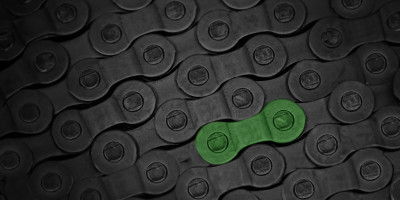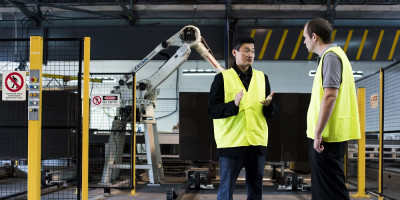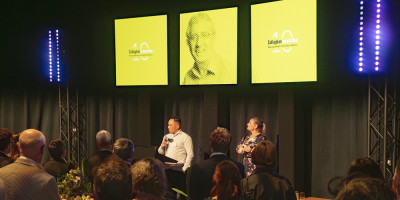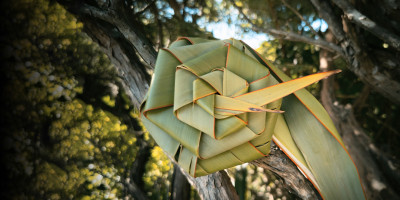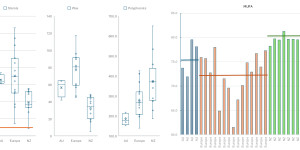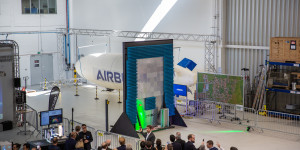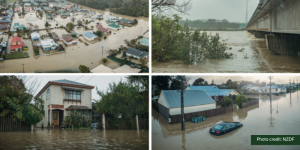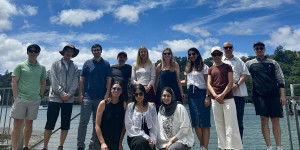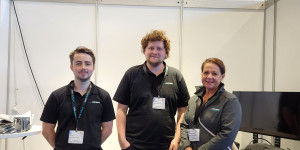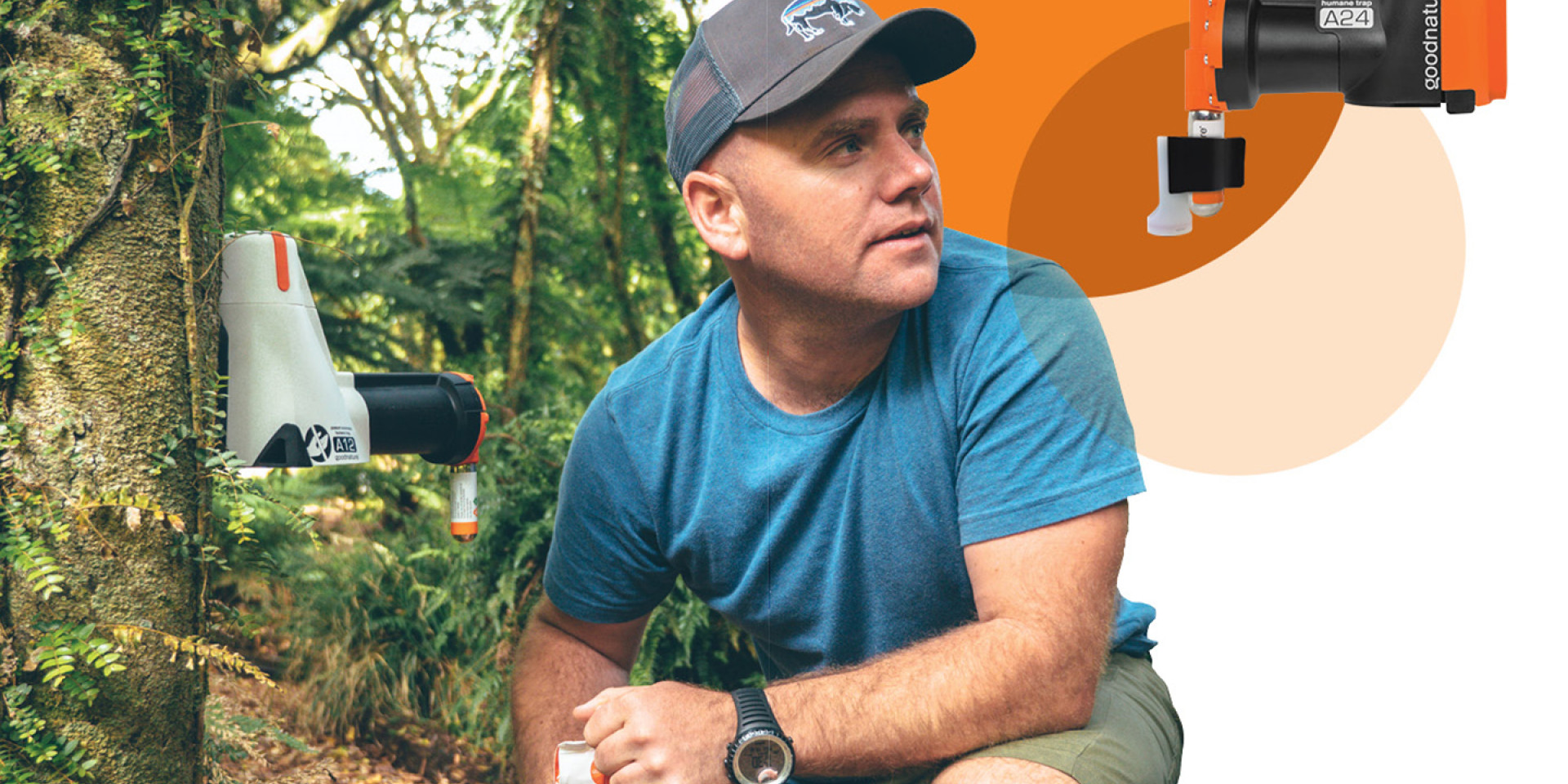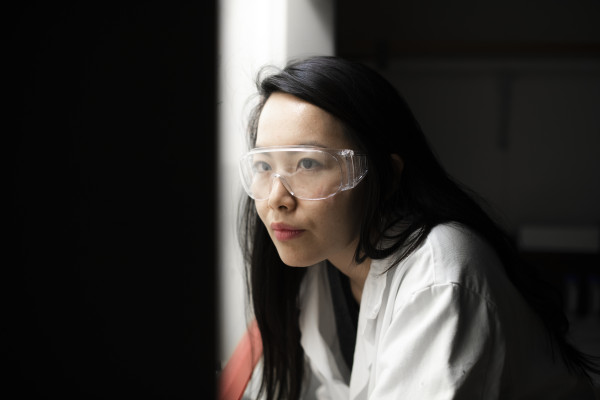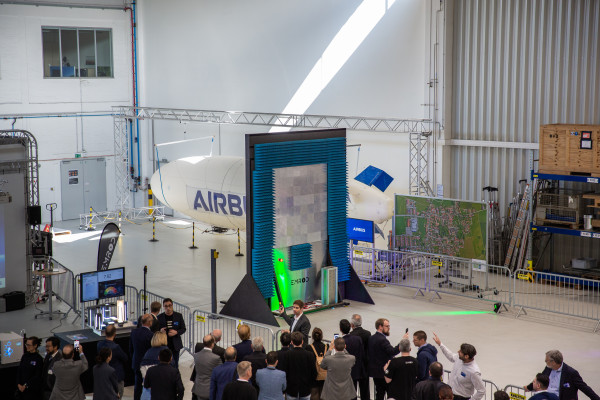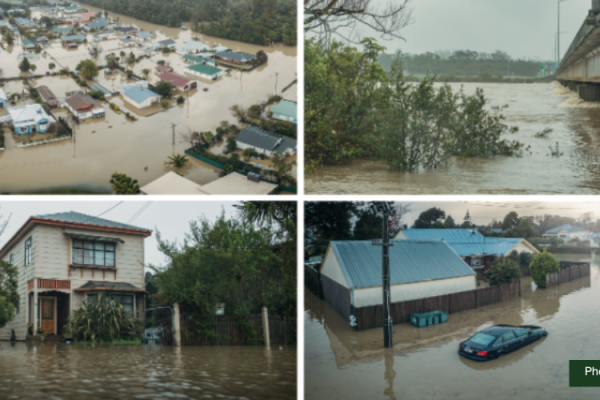Side by side with Callaghan Innovation from the start, Goodnature has produced a humane, non-toxic trap to help efficiently trap and kill pests across the world.
At a glance
- After witnessing the inefficiencies of old traps, Goodnature developed a light and easy-to-use trap that is humane and non-toxic, and that saves time and money.
- Having partnered with Callaghan Innovation from its early years, Goodnature has accessed a range of support and grants that have allowed the business to scale its R&D efforts particularly.
- Goodnature is thriving. Sales are rapidly increasing, especially when it comes to exports, and with even more potential in overseas markets, opportunities are limitless.
We’ve been able to leap ahead with some of our research and felt confident to take on some risk. The speed and quality of our product development has increased, and we can lead the global charge in pest control.
- Stu Barr, Co-founder, Goodnature
Good for nature
Especially in Aotearoa, where conservation efforts are massive, eradicating pests is a high priority.
But after identifying that traditional, inefficient trapping methods could never keep up with pest spread, Robbie Van Dam, Stu Barr and Craig Bond founded Goodnature.
Goodnature has created a light and easy-to-use trap that kills humanely without the need for poisons. The automatic traps, which instantaneously kill pest animals and then reset themselves, can be used everywhere from suburban backyards to national parks.
Importantly, the traps save time and money - the CO2 canisters only need to be changed at six-monthly intervals, and they don’t need manual resetting because they’re mounted so that the animal falls to the ground. As well, they don’t resort to inhumane trapping methods such as glueboards, and are designed to keep out the animals you don’t want to trap.
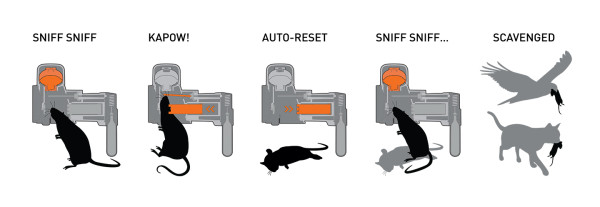
Side by side from the beginning
Incorporated as a company in November 2005, it wasn’t until 2009 that Goodnature produced its first product. It then took seven years of refinements to reach the high-performance level needed to go to market. However, from a very early stage, the business had support from Callaghan Innovation, with interns and PhD students funded to support R&D work through the likes of our R&D Experience Grant.
Barr says Callaghan Innovation’s input, from providing expert help in niche areas of R&D especially, to resources and grant funding, has given Goodnature a huge head start: “We’ve been able to leap ahead with some of our research and felt confident to take on some risk. The speed and quality of our product development has increased, and we can lead the global charge in pest control.”
Significant savings, soaring sales
For Goodnature’s customers, the value is easy to see. The Department of Conservation (DoC), for example, is saving $88 per trap per year compared to some existing traps by not having to send staff to reset them more often than every six months. With Fiordland alone having 10,000 traps, that amounts to significant savings for New Zealand’s national park management and offers particular advantages for remote settings.
And for Goodnature themselves, sales are exploding. From the outset the business has had a global view, and with distributorships established throughout the world, exports are fast approaching half the company’s revenue - up from 11% in 2021.
“In December 2016, we made about 1,000 traps - now we’re making 1,300 traps per week and it’s not quite enough, so we’re working on scaling up our production line to get it to 2,500 traps per week,” says Barr. “That still may not be enough at our rate of growth.”
Barr says the potential markets for Goodnature’s products are unlimited. Plenty of overseas markets have introduced animals that have become a nuisance and Goodnature’s traps can be customised to suit. For example, traps are under development for places where American mink, mongoose and squirrels have become pests.
As well, a ban on inhumane traps and poisons in Scandinavia has created a surge in demand for Goodnature’s traps.



